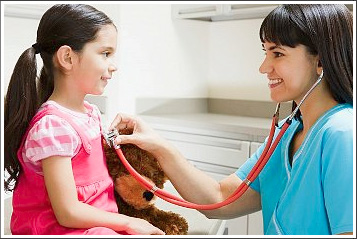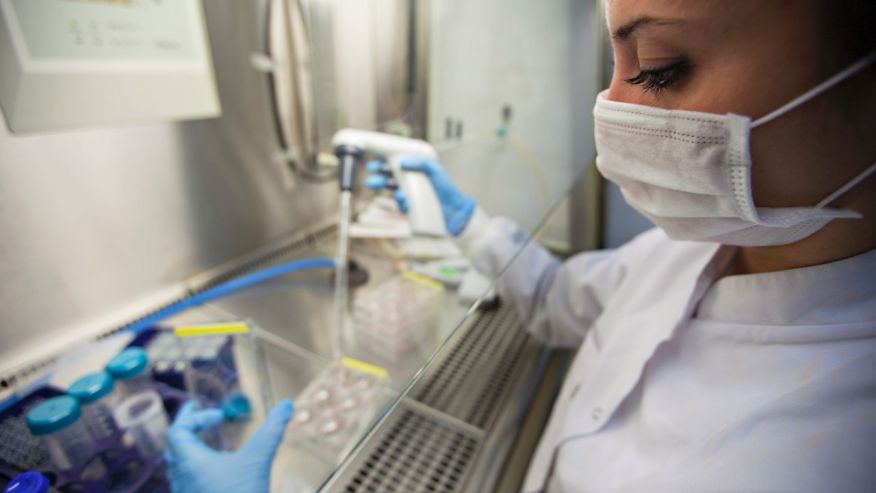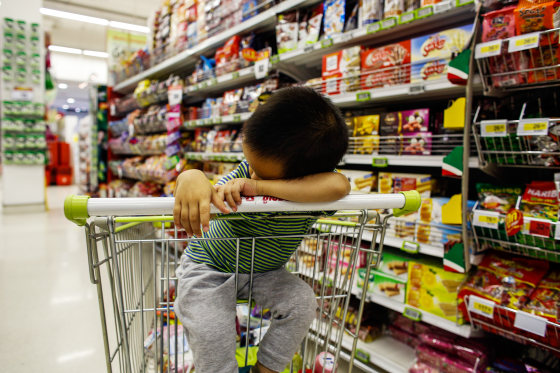5 reasons why crying is actually good for your baby!

Often you don’t know why your little one is in tears and disturbed to the core. But the good thing about crying is that baby’s indication about his needs and mother’s instincts work together. ‘It’s through crying that a newborn expresses his needs while the mother responds, this also helps in the mother baby bonding,’ says Dr Geetanjali Shah, consultant pediatrician attached to Ashwini Hospital, Mumbai. A crying baby needs soothing and we all know that. But while you whack your brains how to calm your baby know that it’s a healthy sign indicating his overall well-being. Wondering how?
Importance of first cry: This is the sound you had been waiting to hear all the while. It not only marks your baby’s arrival but blows trumpets for you as you enter a new phase of life. ‘This helps the baby to breathe in and the lungs to open up to take in air. Though many parents believe that crying would every time help the lungs to grow stronger but it’s only the first cry that does the trick. Other times look for signs that are distressing the baby,’ says Dr Shah. When your baby breaks into his first cry you know that all is well within and you can sigh in relief.
Helps in communicating: In the absence of crying, you would never be able to know what your baby needs. ‘Crying can be because of various reasons and in varied pitches. Each pitch indicates the level of discomfort or attention needed. Over the period of time each mother learns to read between the cries,’ says Dr Shah. So when your baby cries look for the obvious, is he hungry, needs a diaper change, feeling hot or cold, needs comforting or is crying for attention. ‘Only his cries will tell you that you need to check on his well-being as it serves to be a medium of communication, a kind of language for the baby,’ explains Dr Shah.
Helps in psychological well-being: When you are taking care of or soothing your baby it gives out a message to him that he is not alone. ‘Many adults would advice to ignore a crying baby in order to discipline them, but newborns need more attention than discipline in the initial months of life. This helps the baby to feel secure and safe; a child growing in such care and love develops into a better individual than the one who is not. A baby ignored every time would land being quiet and this would pose a challenge for the baby’s physiological well-being. In fact unusually quite babies can be psychologically disturbed within,’ cautions Dr Shah.
Helps to stretch muscle: If you take a closer look at a crying baby, you would see the many muscles, the limbs or the entire body that’s been twisted and turned while the child whines. Gosh, that’s an exercise in itself! ’But it’s not like babies do not stretch themselves often. So be sure that the cry is not due to any medical reason or colic. Do not leave a child crying for too long,’ says Dr Shah.
Helps shed excess emotional baggage: Now this isn’t surprise that tears are a way of shedding the excess emotional baggage even for babies. Know when they have tantrums and you chose to not obey your little master, the obvious thing for him to do is break into a cry. Don’t panic, this allowing of emotions to come out is also good. ‘Listen to your baby while he cries and explains his needs or desire, especially the toddlers, and then talk it out and distract them. This works to break the tantrum and balance the emotions as well,’ says Dr Shah.
Source: Health India










.jpg)







